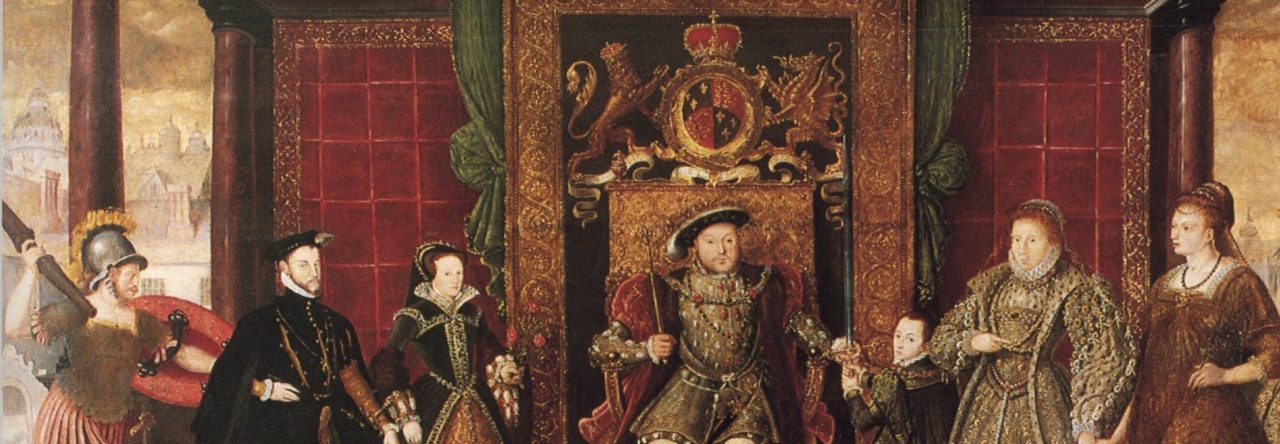
The future King of England married a Spanish princess to create an alliance between the two countries through their children. This may sound like the marriage of Henry VIII and his brother’s widow Katherine of Aragon. However, this story is much older and the happy couple was Edward I and Leonor of Castile. Unlike the Tudor match, Edward and Leonor have numerous children, including Edward’s heir who would one day become Edward II, whose story has been told in various ways. The stories that Kathryn Warner has chosen to focus upon in her latest book, “Daughters of Edward I”, are the princesses who tend to be hidden behind their brother’s legacy.
I would like to thank Pen and Sword Books and NetGalley for sending me a copy of this book. I have read a few books by Kathryn Warner in the past and I have enjoyed them in the past for their complex nature. I enjoy a challenge and when I heard about this book, I knew I wanted to give it a shot. I, unfortunately, was not familiar with these princesses before partaking in this new adventure, so I was excited to hear their stories for the first time.
Edward I and Leonor of Castile had around fourteen children, but only six lived into adulthood; their heir Edward II and his five sisters. The names of the sisters were Eleanor of Windsor, Joan of Acre, Margaret of Brabant, Mary of Woodstock, and Elizabeth of Rhuddlan. Their marriages and children, except for Mary of Woodstock who would become a reluctant nun, would connect the Plantagenet bloodline to some of the most important families in England and beyond. When it comes to the marriages of the sisters, they tend to follow the counsel of the crown, except for Joan of Acre who chose to follow her heart and marry a man who she loved for her second marriage.
Warner’s specialty is unraveling the convoluted nature of certain family trees to uncover members who tend to slip into the shadows of the past. She explores the sisters’ relationships with their father Edward I, their brother Edward II, their nephew who would become Edward III, as well as the families that were essential to understanding England during the 13th and 14th centuries. I will admit that I did find myself using the lists in the back that gave brief descriptions of the daughters and their children as I was getting a tad confused on who was who and their relationship to others. However, I am really glad that Warner included that resource as it added something to this book.
Warner has taken on the difficult task of trying to uncover the stories of the daughters of Edward I and Leonor of Castile and has given readers a resource that can prove valuable in understanding this complex family dynamic. There were parts where the writing was a touch dry for my taste, but overall I found it a stimulating reading and that is because of the laborious research that Warner partook to tell their tales and the tales of their descendants. If you want a meticulously researched resource that tells the stories of women who knew Edward I, Edward II, and Edward III well, “Daughters of Edward I” by Kathryn Warner is the perfect book for you to add to your collection.
